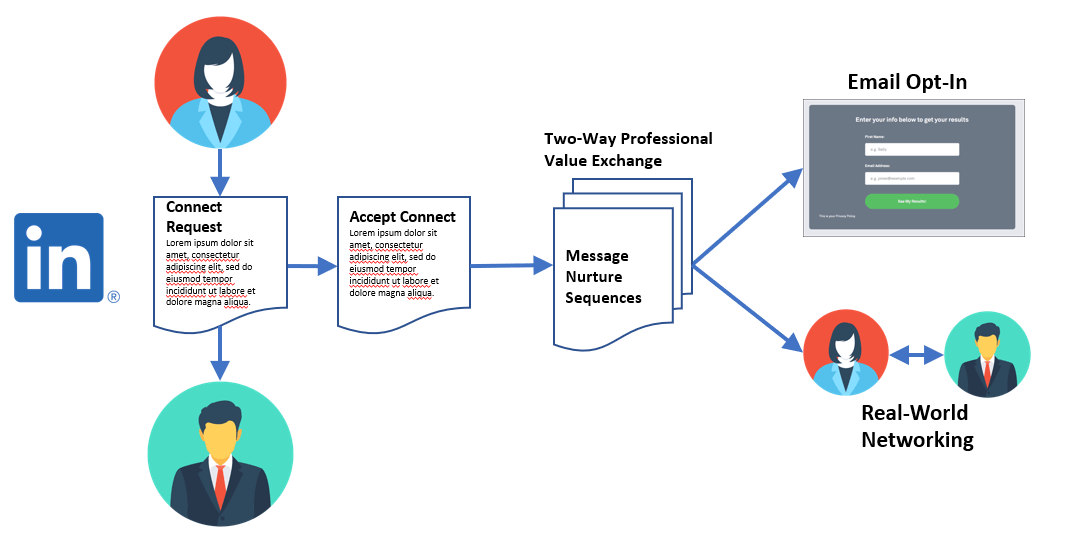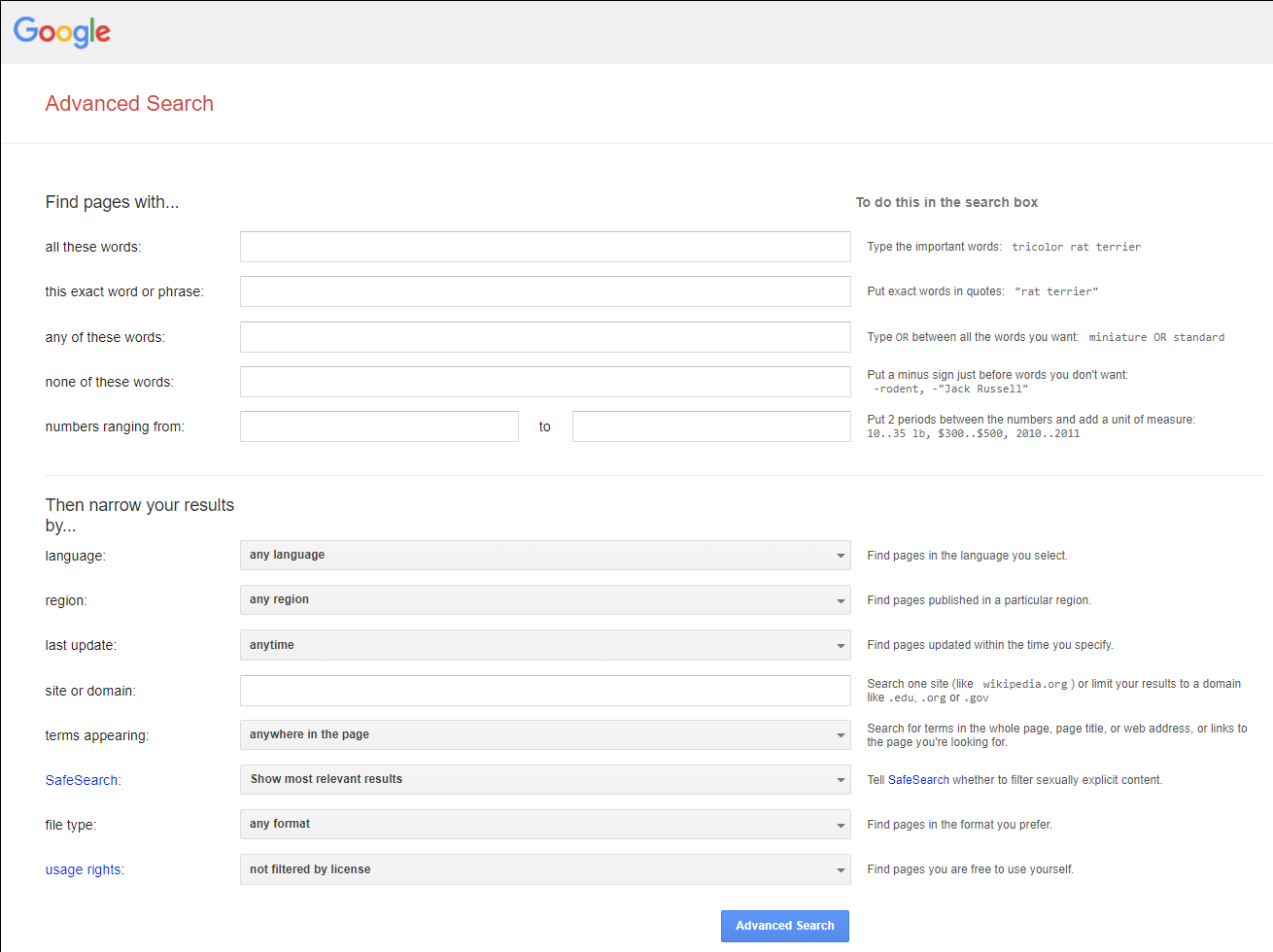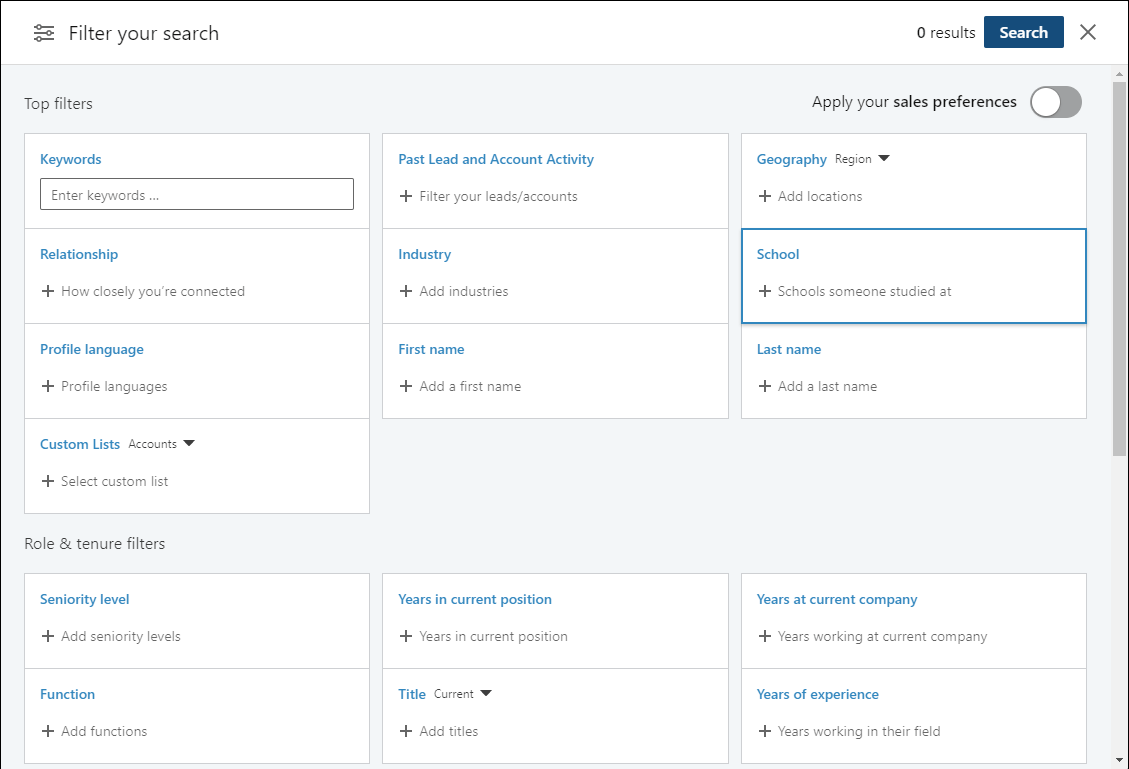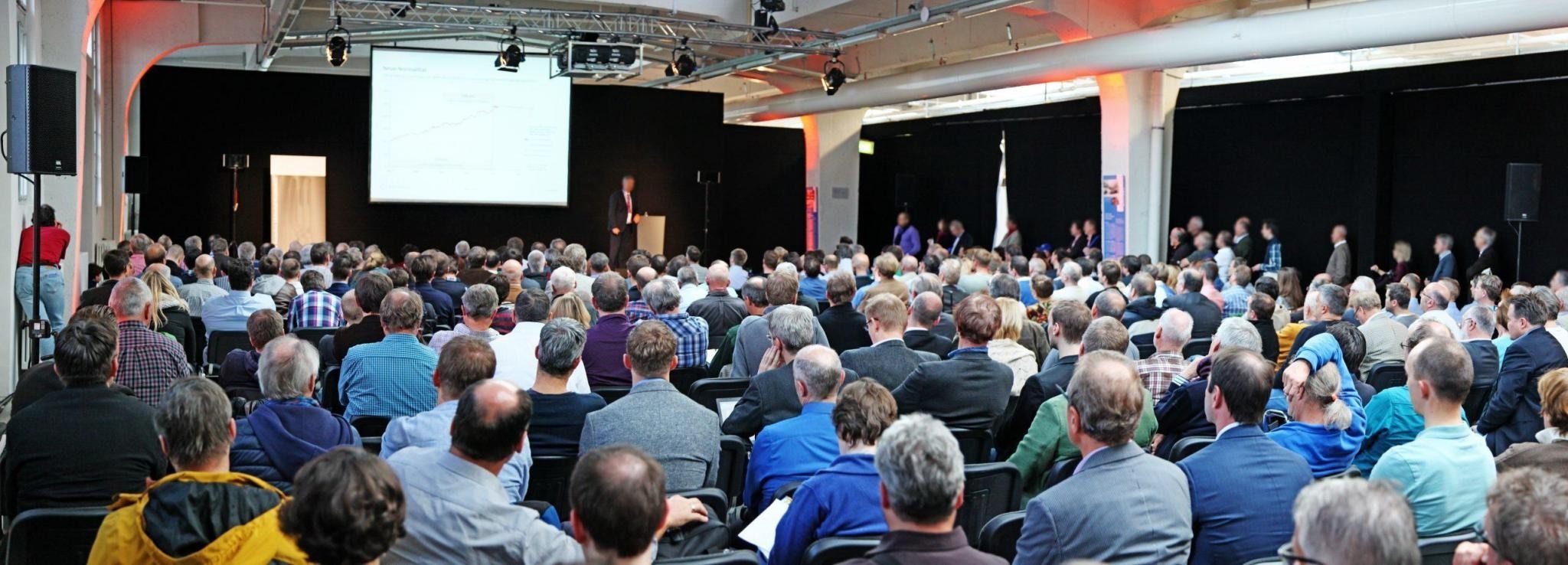The Ultimate Guide to Starting and Building Your Consulting Business
Strategies, Tactics, and Tools to
Help You Build a Thriving Consulting Business
Getting Consulting Clients Quickly
Return to top: Ultimate Guide to Starting a Consulting Business
“Filling the Pipeline” is arguably the most important thing a consultant can do next to delivering successful consulting services.
But most consultant don't consider the fact that "client getting" is built around two time frames. The near term "Client Getting" and the long-range "Filling a Continuous Pipeline."
The first time frame is the near term when you start consulting. You must quickly get two or three consultants to carry you through the first six months to a year.
If you start your consulting business with just referrals you will soon face the dreaded “Feast-or-Famine” cycle that most new consultants face in their first year. This cycle has you jumping back and forth between working with clients and making money to working on marketing and prospecting and not making money. It can become a vicious and exhausting cycle if you don't learn how to create a "client getting system."
The second time frame is for the long term, building a business that flourishes and thrives. During the first year you need to build systems, a Marketing Machine, that continuously fills your client pipeline with minimal work. Building a Marketing Machine is critical and is covered in a later chapter devoted to this topic.
The reality is you need consulting clients quickly when you start. Cultivating a steady stream of new clients involves:
-
Networking
-
Active networking at events
-
Leveraging referrals from existing clients
-
Establishing a lead generation process
-
Developing outreach programs like speaking, lunch-n-learns, etc.
-
Creating low-cost discovery offers
No matter which method you use to get clients quickly, you must also begin to build a Marketing Machine to create a consistent, reproducible flow of qualified prospects.
You Must Either Work Constantly Getting New Clients or Devote Part of Your Time to Developing a
"Marketing Machine" that Brings Clie.nts to You
The majority of consultants get stuck in the first, early time frame and are forever trapped in the Feast or Famine cycle. Their businesses, incomes, and independence become trapped on a treadmill. They spend 30% to 50% of their time looking for clients. Most of these consultants quit and return to a corporate cubicle before three years.
This chapter will help you get clients quickly, whether just starting or in the Feast or Famine doom loop. Once you get two, three, or more clients using these techniques, you should devote time to building a Marketing Machine that continuously fills your pipeline with qualified leads. That topic is covered in the next section.
Key Takeaways
-
Develop a strong near-term strategy and leverage your unique value proposition to get near term clients quickly. Remember, this near-term approach will exhaust you if you do not develop a long-term Marketing Machine.
-
As soon as you know you want to be a consultant, begin an outreach program looking for clients. Focus your early-stage efforts on referrals, networking, webinars, lunch-n-learns, Discovery Calls, and speaking to build your professional authority and connect with prospects. All of these near-term methods put you directly in front of potential clients, help build personal relations, and give you a chance to show your authority and ability.
-
Use these initial clients to validate your niche and ideal client profile. You should use this stage to refine for your marketing messages and consulting processes.
-
Begin capturing and documenting testimonials and case studies you can use when you start building your long-term Marketing Machine.
The Ultimate Guide to Starting and Building a
Thriving Consulting Business
Get Your Free Copy
115-pages of Strategies, Tactics, and Tips to
Accelerate Your Consulting Business
To create a successful consulting business you must know how to get consulting clients quickly and consistently.
New consultants usually start their first year with client referrals that carry them through the first year. Then referrals begin to disappear, and so does income. For the vast majority of consultants it is very difficult to depend upon referrals.
You must build a system that fills your pipeline with qualified prospects you can turn into clients.
Consultants who don't use a proven system
to fill their prospect pipeline will have revenue problems.
Consultants that depend upon the referrals they get in their first year usually fall into a Feast-or-Famine cycle. In a Feast-or-Famine cycle, consultants work long hours with clients and have no time for marketing. Then, when the client engagement ends, they face long stretches with no income as they work on stop-gap marketing. It’s a continuous cycle that drives consultants and their families crazy.
Getting out of this Feast-or-Famine cycle, and building steady growth is key to a successful consulting business.
In this stage, you learn about short term techniques to quickly fill your pipeline and convert prospects into clients.
These techniques fill the pipeline, but they take constant work, and you don’t want to be on this treadmill constantly. Once you have a couple of clients, start building the systems in Stage 5, Marketing Your Consulting Services.
The Feast-or-Famine Cycle
New consultants often start with referrals from friends, business acquaintances, and their previous employer. These referrals often fade after the first year, so new consultants find themselves facing months of no revenue.

Most consultants, even experienced consultants, have faced the Feast-or-Famine cycle. The Feast-or-Famine cycle swings you back and forth between high income and no income. The cycle alternates between all work and no marketing, and all marketing and no work. Of course, income follows the same cycle leaving most consultants yearning for stability and pushing them into accepting low paying work from low-quality clients.
"Client Getting Techniques" can fill your pipeline,
but using using these alone will throw you back into the
Feast-or-Famine cycle.
To thrive, you must create a marketing machine
like those in Stage 8, Automating Marketing.
You don’t have to go through this Feast-or-Famine cycle. By spending 10% to 30% of your time using the techniques describe for this stage, you can fill your prospect pipeline. Once you have two or three clients, begin building the marketing systems in Stage 8 to continuously fill your pipeline.
Start Networking Immediately
Before you start your consulting business, you should build your LinkedIn network with quality contacts. Contacts you connect with should be people you would want to work with or who work in the organizations you want to consult to.
To build your LinkedIn network connect with,
- Work colleagues
- People at meetup groups in your field
- People at industry association meetings in your niche
- People in LinkedIn groups you join
- Conference speakers and attendees
Are you networking yet???
Get out there!!!
Matching Your Marketing to Your Experience
Before you run out into the street and start wildly marketing your consulting business, stop and think about how you like to work, how you like to connect with people, and how your prospects like their communication.
All those need to come together when you build your marketing plan. You want to,
- Do the type of marketing work you like, for example, speaking vs. writing
- Connect with people the way you prefer, for example, private meetings vs large networking events
- Know how most of your prospects get information and connections they trust, for example, referrals vs. online articles
The Marketing Matrix can help you identify your best way of filling your pipeline and nurturing leads into prospects. If you are just starting your consulting business choose marketing methods in the first column. If you have a running consulting business or are looking to the long term choose from the second or third columns.
Check the marketing that works best for your stage of consulting business maturity.

Do Marketing You Love, So You Love to Do Marketing
If you read about the differences between high earning solo professionals and average earners you learned that high earners,
- Market constantly. High earners are marketing every day. (That’s marketing, not selling.)
- High earners don’t spread themselves thin. Pick three types of marketing you like and stick with them.
- High earners keep marketing even when they have clients.
If you stop marketing as soon as you get clients, you will fall into the dreaded Feast-or-Famine cycle. You must keep marketing.
If you are going to work consistently on marketing, you want to do marketing that works and that you enjoy. That’s why you need to pick just two or three types of marketing that use work styles you enjoy.
For example,
- If you like writing, you will probably want to write blogs, LinkedIn posts and articles, white papers and case studies. Some of these give long term results, but white papers and case studies can be combined with networking to give immediate results.
- If you like planning and creating systems, then make checklists, workflow diagrams, systems designs, or mind maps to connect with your prospects.
- If you enjoy meeting new people, then go to Meetups and networking events. Follow up with coffees and high-value handouts.
- If you get a kick out of speaking to groups, (I do even though I’m an introvert), then speak at local association monthly meetings or Meetups.
- If you enjoy teaching, do small pre- or post-workshops before conferences. Always have a high-value follow-up that gives you a reason to reconnect with attendees.
- If you work with leadership or skills-based consulting, then call local companies and talk to their HR or training and development department and setup free “lunch and learns” where they supply the lunch, people and a room and you do a small workshop.
Getting Consulting Clients Quickly
There are marketing and direct outreach techniques that quickly bring in clients. While these work I have found they take a lot of time and energy. That can be hard to keep up and it takes away from your consulting and personal time.
The following section describes marketing methods that are known for quickly filling your prospect pipeline. What follows is an overview. For step-by-step action plans there details in the Starting and Building a Thriving Consulting Business courses and blogs.
While the following are some of the fastest methods for filling your prospect pipeline they require constant personal attention and hours of work. To build a marketing machine that works automatically make sure you read Stage 8, Automating your Marketing.
Client Referrals
Most new consultants begin their practice with a few referrals. However, these usually dry up within the first year.
If you have been an employee you should try to make a mutually beneficial referral arrangement with your past employer. In some cases, you can continue to support your old employer’s customers and clients for everyone’s benefit.
Some of the referral building tasks you need to do when starting are,
- Getting recommendations on LinkedIn from past managers and acquaintances.
- Building a working relationship with your past employer by supporting their business rather than competing with them.
- Writing email templates you can send to your professional acquaintances so they can easily refer you to their business acquaintances. (The course includes sample templates.)
Creating a Structured Referral Program
Referrals are a potent tool for acquiring new clients. How can you inspire your existing paying clients to refer your services to potential clients? The solution lies in being personally thankful and sometimes offering rewards or incentives for referring new clients. Thanks and rewards can range from a hand-written thank-you note to jars of homemade blackberry jelly to free in-house seminars (lunch-n-learns) to referral fees.
(The jars of homemade blackberry jelly were a big hit when I did independent consulting for Microsoft clients. My mom had a blackberry farm and made the world's best blackberry jam. I sent many boxes of her blackberry jam to Microsoft product managers and sales reps prior to the US Thanksgiving family dinners. It was a topic for years to come.)
Creating a structured referral program and regularly communicating it to existing clients can inspire them to refer your services and reward them for their efforts.
While referrals are excellent and have a high close rate, they often dry up after a year. That is one reason you must develop a Marketing Machine.
Network and Meetup Events
You CANNOT sit back and rest even if you have the benefit of starting with a full pipeline. If you have startup momentum from referrals, then use that momentum and the time it gives you to network and to start building your automated marketing machine.

Accelerating Your Networking through Professional Associations
Associations, whether in your niche or open to all consultants, offer:
- Valuable professional connections
- Build your authority and credibility
- Opportunities to reach out to areas
- Advice from experienced members
Consulting associations and industry associations are proving grounds, providing you with an opportunity to validate client profiles, client needs, and new offerings.
Here are a few tips on networking,
- Work on the “What I do.” introduction from the section on branding. It works as a conversation starter!
- Build your network with high-quality connections in your niche as rapidly as possible. Use the energy that comes from being a new solopreneur to start your network.
- Add old connections to your LinkedIn network and stay in touch.
- Let people in your network know that you are starting a consulting business. Write them a short personal note and send an email explaining the types of problems you solve.
- Join professional organizations and go to all the meetings to build your network. Join only the organizations that build skills you need and connect you to people with your ideal Client Profile.
Some associations won’t let you speak unless you are a member or a recognized expert with books and a national speaking background.
Following Up with Leads
Following up with these potential clients or influencers after investing significant effort in networking and lead acquisition is vital. Follow-ups are crucial for maintaining engagement and demonstrating persistence, which can significantly sway their decision. Perfect the art of following up in consulting by:
- Understanding client needs, goals, and challenges
- Responding promptly
- Segmenting the lead list for personalized follow-ups
- Tracking your communication with a spreadsheet or CRM
- Sharing helpful articles
- Asking for advice
Direct Outreach with LinkedIn
Building your prospect list is significantly easier when you have a large number of quality LinkedIn first-degree contacts. For example, at one point, I had only 1,000 first-degree connections. That created a network of over 3,000,000 (three million) first, second, and third-degree connections that I could search, connect with, and engage with.
LinkedIn and especially LinkedIn Sales Navigator are like the Google of professional and business people. They are a goldmine of professional connections.
If you didn’t do the Client Profile exercise, go back and do it. A well defined and valid Client Profile will help you target your searches in LinkedIn.
You have to use a consistent system with LinkedIn to test which profiles are best. Searching with different client profiles and not testing which profile gives you the best prospects is a waste of time.
One new consultant in the Consulting Mastery course increased their
LinkedIn acceptance rate by 400% with a minor change in the Client Profile.
If you do not have a large personal LinkedIn network, practice using the free LinkedIn and then when you are ready, get a month-by-month subscription to LinkedIn Navigator. Use it long enough to build an initial prospect list.
Create the best LinkedIn connection requests by connecting with some form of personal relationship or an exchange of value. Connecting and building rapport by creating a high-value exchange on LinkedIn is critical. We do a lot of work on this in the Starting and Building a Thriving Consulting Business course.

DO NOT SELL on LinkedIn! You hate spam emails and phone calls and so does everyone else. Spam LinkedIn messages are just as annoying.
LinkedIn activity can be slow. Many people only go on LinkedIn once or twice per month so you may not see responses for a week or more.
Don’t be discouraged by a 10% to 20% connection acceptance rate. Once you have a great LinkedIn profile, published LinkedIn content, and have built a brand from speaking or writing, your acceptance rate should be over 50%.
Find Your Ideal Client Profile then Connect, Engage, and Nurture
Here's a proven process for connecting on LinkedIn,
- Proof Your Client Profile Against Your Real-World Network.
Meet real people at association and networking events and connect with them on LinkedIn. Would you have found them using your Client Profile to search LinkedIn or Google? - Create a High-Value Offer You Can Send People.
Build a high-value offer like a trouble-shooting guide, white paper, workflow diagram, etc. that you can forward to new connections. - Search LinkedIn and Google.
Use your client profile as search criteria. In LinkedIn use the Advanced Search box. In Google use the Advanced Search Page. (Shown below.)
The Critical to Success courses teach how to use Boolean search strings to make very refined searches in LinkedIn, LinkedIn Navigator, and Google Search.
Google Advanced Search Box

LinkedIn Navigator Advanced Search Box

Connect with Your New Found Prospects
After finding your target prospects, you must connect with and engage them.
- Send a Connection Request to Five to 20 People per Day.
Be honest and tell them you are in the same business and want to build your network. As an expert, you would like to send them information that may help them in their business. If you have a real common connection, like the same college, hometown, sports interest, then bring it up. - Send Requests on Tuesday, Wednesday, or Thursday just prior to their start work time or between 11:00 AM and 2:00 PM in the recipient’s time zone. These are the most common times people check LinkedIn; however, some people only check LinkedIn weekly.
Never Use Connection Request Software on LinkedIn!
LinkedIn detects when you use software that “scrapes” prospect
names from LinkedIn and then sends a mass of connection requests.
LinkedIn Will Ban You!
- When someone accepts your connection request, send them a thank you.
Wait a day or two, then send them your high-value piece. (You must know what the most common pains and problems your clients have.) - If you are a student of the Consulting Mastery course, use the Gen AI prompts, scripts and templates to accelerate your work.
- Wait another week and send them a link to a critical high-value article that might be of value to them.
It often takes multiple messages to engage with someone. - Once you begin a conversation, ask if you can exchange emails since emails are easier to use than LinkedIn messages. If you have started an email newsletter, ask if they would like to get your newsletter.
- Send a message to your LinkedIn connections asking to meet at local association meetings, dinners, or events.
- Keep connecting on a weekly or bi-weekly basis. Some people may take months to connect with you. Some will connect when they need your help.
-
Use the Gen AI prompt for roleplaying in the Consulting Mastery course to develop and practice handling objections.
-
Be prepared to ask for a free Discovery Session where you can go into depth and learn more before starting your sales process
- DON’T TRY TO SELL. Just try to connect, engage, and build rapport.
Webinars, Workshops, and Lunch-and-Learns
Workshops and lunch-and-learn sessions are an excellent way to build your prospect list. They give you the chance to demonstrate your consulting ability, engage with attendees, and build rapport and build a mailing list by offering additional post-workshop material.
Again, this is where you must know the key pains and problems of your Client Profile. You want a workshop with a title and pin-point solution that your audience can’t ignore.
In all three of these, you must create offers so that prospects want to reengage with you one-on-one afterward. That will build your email list and personal connections.

Platforms like speaking engagements, webinars, and lunch-n-learn sessions provide an excellent opportunity to showcase your expertise and build trust with potential clients. They also enable you to show your personality and build rapport with the audience.
These three presentation formats allow you to show your consulting, speaking, and training skills and your people skills. Both are essential for consultants. Here are some ways to enhance the impact of your consulting webinars:
- Address the audience's Pains, Problems, Pursuits, and Profit goals
- Offer valuable content and insights
- Share expertise, stories, and "insider" industry knowledge
- Provide solutions to common challenges
- Demonstrate case studies and success stories
- Offer actionable strategies
- Connecting and Engaging with Speaking and Webinars
Webinars and Workshops
Webinars and workshops serve as powerful platforms for interacting with potential clients. Here are some tips to make yours engaging:
- Talk with your host to find a high-value, relevant topic
- Check for TED talks on YouTube on how to give presentations
- Practice, practice, practice
- Be prepared for the room and equipment you will use
- ALWAYS tease the audience three times with a high-value offer on our speaking topic
- ALWAYS leave the last slide up with the offer name and link or your contact information
- Leave time for Q&A sessions
By following these tips, you can create speeches and webinars that are informative and engaging for your audience.
Remember, the goal is to deliver content that presentations the audience needs, offers valuable insights and solutions, and establishes you as a thought leader, and has a Call to Action that makes them want to contact you.
Building an Internal Fanbase with Free Lunch-n-Learn Sessions
Lunch-n-learn sessions are usually live sessions given at a prospect's site. The prospect provides a room and lunch (pizza?) and you provide the captivating knowledge and pain relief. Lunch-n-Learns are an effective method of building a relationship with potential consulting clients.
Here are some key benefits of hosting a lunch-n-learn session:
- Discuss with your sponsor what the best topic would be
If you are in the Consulting Mastery course, use the Gen AI prompt that does a SWOT or identifies the 4Ps (pain, problem, pursuit, profit) for your prospect - Meet prospects as they enter the room and try to remember everyone's name
- Prepare a 20 to 30-minute presentation on your major topic
- Share high-value information and insights
- Engage personally with attendees. Use their names
- Give them Takeaways that they will keep and use. Make your name and contact info highly visible.
- Leave remaining time for Q & A and demos
- Ask what topics they would like for a follow-up Lunch-n-Learn
I gained many long-term clients in the western United States by presenting Lunch-n-Learn on niche topics in finance, business modeling, data analytics, and Microsoft Excel. I would offer the host a free Lunch-n-Learn on a topic from a list that their finance and IT group could choose from. The host would then supply all attendees a room, pizza, and drinks.
They were fun and profitable. After two or three Lunch-n-Learns spread over a few months, I was asked to do consulting and mentoring in every prospect where I did this.
Speaking
Speaking, when done with the right structure and offers, is an excellent way to capture leads and prospects.
One significant advantage to selecting the right niche market and knowing their pains and gains is that most high-value niches have professional meetings or conferences. These meetings and conferences are a perfect place for you to present, build your brand, and gather leads.

When you present to a meeting or conference, you have two objectives.
First, you want to be recognized as a captivating expert who helps your audience learn and advance. This will also get you rebooked for more speaking.
Second, you want to capture leads to build your consulting business. Capturing leads as a speaker takes a few extra tricks.
Even a great speech can leave you with no leads. If you don't have a Call to Action for the audience.
To get leads, you must structure your speech with prompts that build desire, have a Call to Action, and drive attendees to contact you.
The Ultimate Guide to Starting and Building a
Thriving Consulting Business
Get Your Free Copy
115-pages of Strategies, Tactics, and Tips to
Accelerate Your Consulting Business
Summary
This section has explored the importance of quickly getting new clients and the key tactics you can use.
While networking and referrals are the usual tactics for quickly acquiring first clients, referrals often dry up within a year. You need to be prepared with the other methods described here, such as speaking engagements, webinars, Lunch-and-Learn sessions, and direct outreach.
Remember to start working on your Marketing Machine even if you have clients.
Related Links
This
Frequently Asked Questions
How do consultants get their first clients?
Reach out to all of your contacts and let them know you are starting consulting, what your core consulting services are, and how you would appreciate any referrals.
Begin attending niche and consulting association meetings where you can network to meet prospects, expand your connection network, and learn about client needs. When you find a meeting group that looks valuable, volunteer your board to the services for ways in which you can meet more people. For example, being a greeter at the door, calling and vetting new speakers, editing the newsletter, conducting a tips and tricks session at each meeting, and so forth.
How can I identify my ideal consulting client?
Identifying your ideal consulting client starts by going through the Ideal Client Profile process to identify key characteristics and needs. This process is essential in creating services that meet the exact needs of your ideal client.
How can I avoid the Feast or Famine cycle?
New consultants often fall into the Feast or Famine cycle - working hard for clients and not marketing, then losing the client, and having to look for the next client. If you are to survive and thrive you must develop a Consulting Marketing Machine. A well running Marketing Machine will keep your prospect pipeline constantly full.

